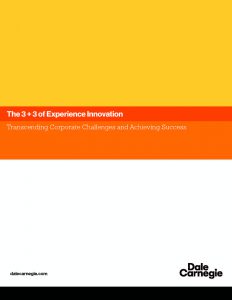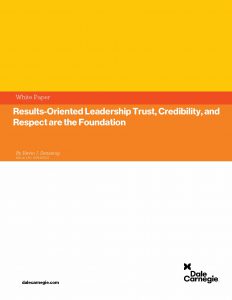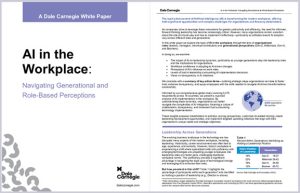Bridging the Gaps: Aligning Workplace Perceptions Across Organizational Levels
“We all work at the same company; why are none of us ever on the same page?”
Despite sharing organizational goals and operating under the direction of the same corporate leaders, many organizations still experience the frustrating reality of this kind of misalignment.
The simple answer is that while individuals might see the same information, hear the same messaging, and be exposed to the same organizational structures, perceptions in the workplace are shaped by previous experiences and beliefs. As individuals continuously absorb new information, they reconcile it with what they already know and have experienced, influencing their current and future views of reality. This process, which shapes what we can call an "organizational worldview," either strengthens or diminishes their outlook. Thus, each person's unique experiences and interactions within the organization continuously influence their perception of all organizational aspects, either positively or negatively.
But why does it matter if there are different, or even competing, organizational worldviews within one company?
To start, it has tangible implications for the bottom line. While companies aim to increase profit and productivity, they may be wasting valuable resources by assuming that leadership, mid-level management, and individual contributors are working toward these goals with a collective understanding. The reality is that these groups are rarely aligned. Instead, perceptions are often misaligned, and engagement across roles happens without understanding or recognizing the differing views held at various hierarchical levels regarding the company's direction, core values, and contributions to success to name a few key areas.
To help organizations understand how individuals at various levels experience the workplace, Dale Carnegie conducted a comprehensive global study on the state of organizational health. We asked participants to share their views in areas such as work-life balance, communication, job satisfaction, turnover intention, innovation, psychological safety, and the learning culture, among others.




